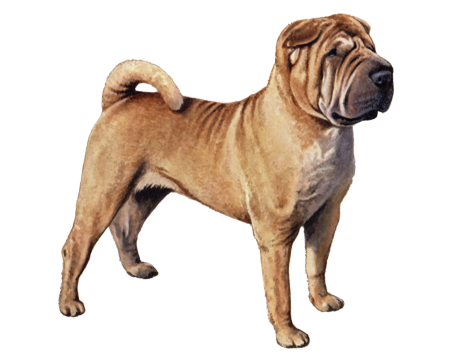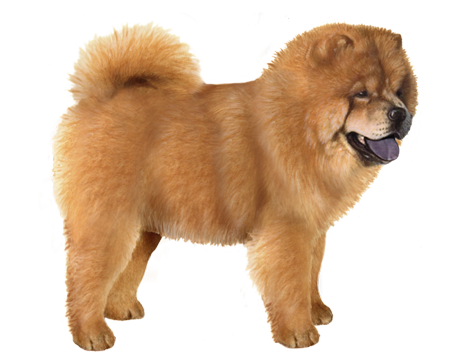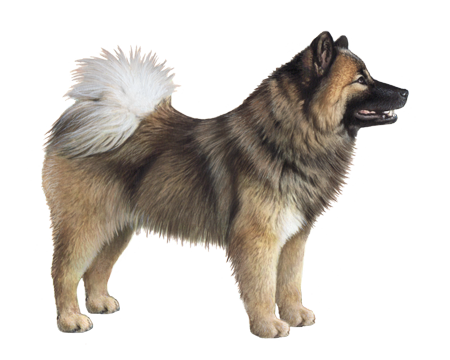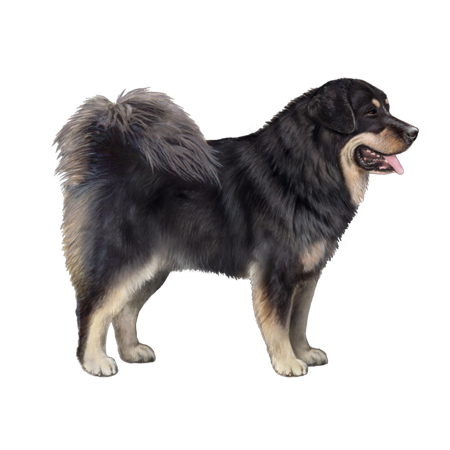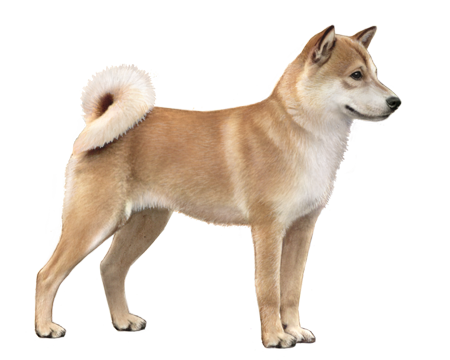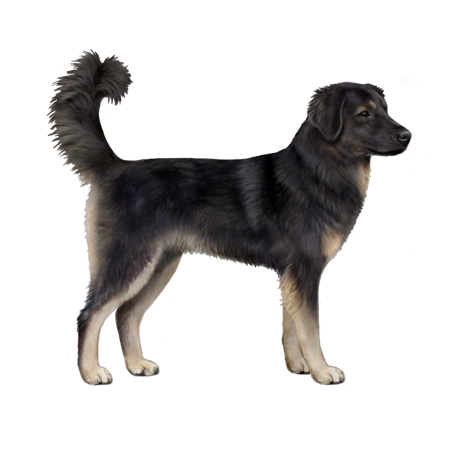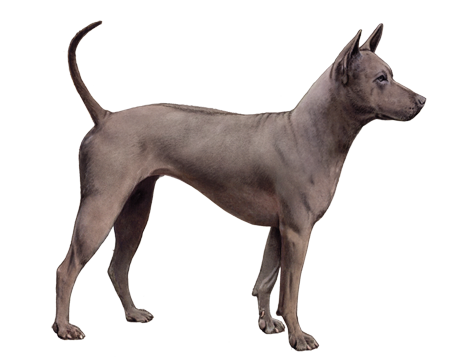
Donggyeongi
The Donggyeongi is a rare spitz-type breed from Korea. These dogs are best known for their strong hunting skills and naturally bobbed tail.
Interested in discovering if your dog is a Donggyeongi?
Check out Wisdom Panel's DNA tests.
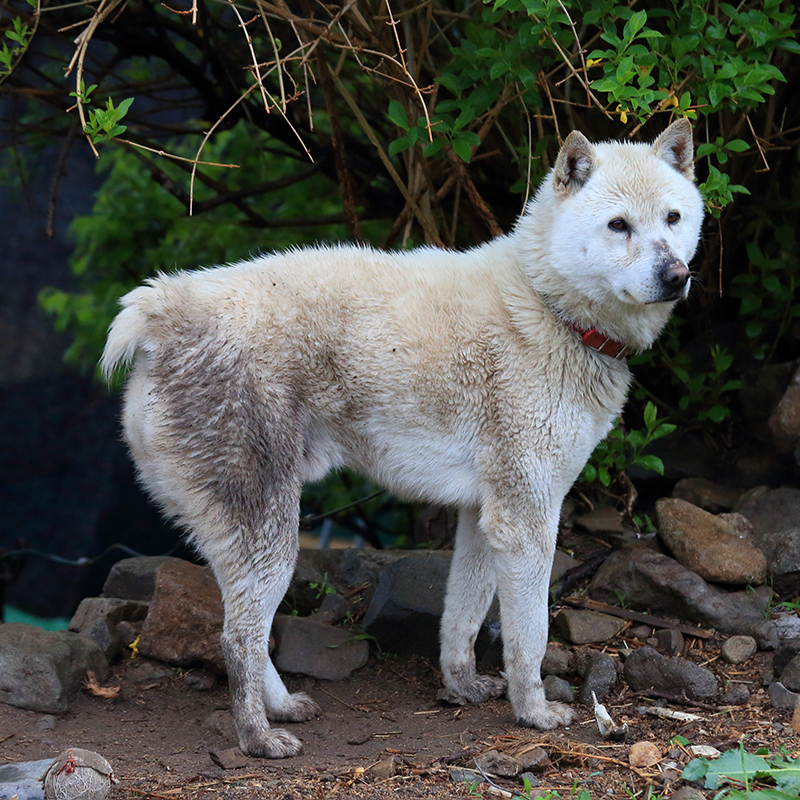
Donggyeongi Traits
General Appearance
The Donggyeongi is a medium-sized, spitz-type dog with prick ears.
Coat and Colouring
Donggyeongis have thick double coats that come in various colors—including black, brown, cream, or white.
Distinctive Physical Traits
The Donggyeongi's tail (or lack thereof) is the breed's most distinguishing feature. These dogs are born with short bob-tails or no tails at all.
Donggyeongi Temperament
Donggyeongis are alert, active dogs best suited for experienced pet parents. They're intelligent but strong-willed, and they may become unmanageable if not adequately trained. A fenced yard with lots of space for running will help this breed thrive.


Donggyeongi History
This bob-tailed breed originated in Korea more than 900 years ago. Experts believe the Donggyeongi shares a common ancestor with another native Korean breed, the Jindo.
The breed's name comes from Donggyeong, the capital city of the medieval Korean dynasty, Shilla. Now called Gyeongju, this city once had a large population of Donggyeongi. But many dogs were killed from 1910-1945 during the Japanese colonial era. Locals also disliked the breed, interpreting their lack of tail as a sign of bad luck. So, their population continued to dwindle.
Today, the Donggyeongi is an endangered breed protected by the Cultural Heritage Administration of Korea.
Donggyeongi Care
Nutrition
Donggyeongis need a high-quality diet formulated for their life stage (e.g., puppy, adult, senior). To help your dog maintain a healthy weight, measure their portions to avoid overfeeding, and keep an eye on the number of treats you give them. As a guideline, treats should make up no more than 10% of a dog's daily calories.
Grooming
The Donggyeongi's thick coat needs weekly brushing to remove loose fur. During periods of heavy shedding, more frequent brushing will help keep your pup looking and feeling their best.
Nail trims should also be part of every dog's grooming routine. If your dog's nails grow too long, they can cause pain and potentially lead to problems running or walking.
Lastly, good dental hygiene will support your dog's overall health. Dental disease is one of the most common health conditions in adult dogs. Left untreated, it can contribute to other serious issues. In addition to professional cleanings, establish an at-home dental care program that includes regular teeth brushing and veterinarian-recommended dental chews.
Exercise
Donggyeongis are high-energy dogs that need daily exercise and mental stimulation to stay happy and healthy. Leashed walks, backyard play sessions, hikes, and dog sports, such as agility, are all great ways to keep this breed active.
Training
Alert, intelligent dogs, Donggyeongis often have a stubborn streak. Early socialization and basic obedience training using a firm, confident approach will help your pup become a well-mannered adult dog.
Breed Group
Asian and Oceanian
The Asian and Oceanian group is comprised of breeds whose origins lie in Asia, which have spread as far as Australia, the islands of the Pacific, and the Arctic. This group is possibly the most ancient of all breed groups and were bred for a variety of purposes, including guarding, hunting, and as draft dogs.
Resources
https://en.wikipedia.org/wiki/Donggyeongi
https://www.nature.com/articles/s41598-017-10106-6
https://barks.in/korean-dog-breeds/
Reviewed 16 June 2021 by Annette Louviere, DVM





